
views
Professional and Competition Settings

Wear a suit or sophisticated dress for speaking in a formal setting. This style is especially appropriate in business settings or for a special financial or legal presentation at work. Take time to try on your outfit beforehand and make sure everything fits well—if needed, take it to a tailor so that it’s perfect (it’ll look better, and you’ll feel more confident!). It’s a common practice in some work circles, like the tech industry, to wear suits but dress them down a little with a pair of colorful sneakers. Take your cue from others in your industry if you’re thinking about trying something a bit avant-garde.
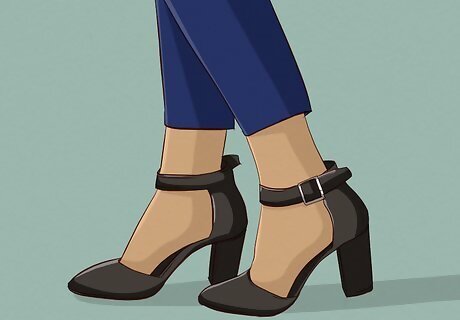
Plan an outfit that fits in with your industry’s norms and expectations. For example, if you work in the investment arena, a business-professional outfit is appropriate. This would be something like either a skirt or pants suit. For men, a tie is a necessary accessory. For women, plan on wearing close-toed heels. If you’re not sure what to expect, ask someone. A boss, mentor, or someone who has been around longer than you can steer you in the right direction to not feel out of place.
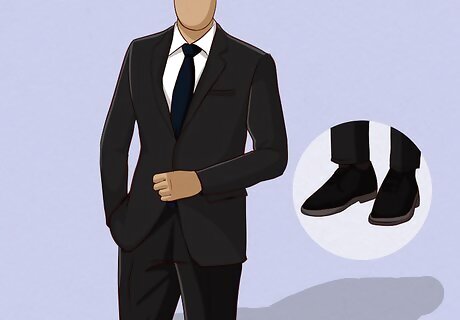
Follow the dress code for speech and debate competitions. In some competitions and tournaments, not dressing properly could actually get you disqualified. Business professional is the usual dress code. Here are some different outfit ideas that might work for you: Wear a business suit and tie if you’re a man. Finish the outfit with dark shoes and dress socks. For a more casual setting (check that it’s approved first!), wear slacks, a sport coat, and a tie. For women, a skirt or pant business suit will look great. Finish the outfit with closed-toes heels. A professional dress would also work for women. Something dark, like black or gray, is best. Wear pantyhose and low heels to finish the outfit.
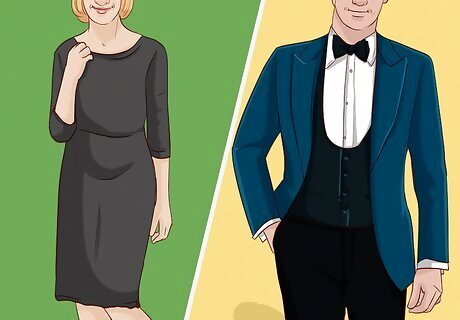
Adhere to the event’s theme if there is one. For example, if you’re giving a speech at a black-tie event or giving the eulogy at a funeral, there’s an expected dress code. For example, at a funeral, something more subdued and straightforward would be appropriate, like a black suit or dress. For a wedding toast, confer with the bride or groom beforehand to see if they have a preference. If not, a 3-piece suit or tuxedo would be appropriate for men, or a gown or cocktail dress for women.
Office and Class Presentations

Opt for business-casual attire in more relaxed atmospheres. For example, if you’re giving a speech in class, in a more laid back office setting, or at a startup company, you may feel most comfortable in something like a button-down shirt and slacks or a blouse with dress pants. For example, if you’re giving a speech to college students about what you do for your day job, you might wear a shirt that fits you neatly, pressed pants, and comfortable dress shoes. For a more masculine look put on a white button-down shirt. Tuck it into a pair of gray slacks and add a pair of black Oxfords to finish things off. For a speech marketed toward a younger audience, a nice pair of khakis with a button-up shirt and Oxfords would work well.
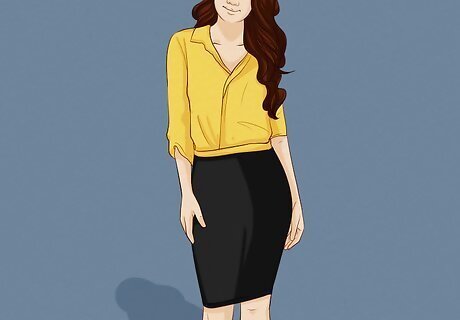
Wear a pencil skirt or long-sleeved dress for a more feminine look. This is a great way to fit in at a casual business meeting while still looking super put-together for your speech. Depending on the weather, you could wear open-toed heels but stay away from flip-flops, tennis shoes, or thong sandals. For example, wear a yellow blouse tucked into a black pencil skirt. Add a pair of black kitten heels and pearl earrings, and you’re all set. For dresses, wear something that is either a solid color or that has a simple pattern. Too much embellishment could be distracting.
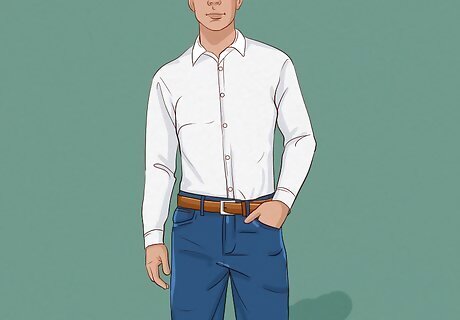
Wear nice jeans with a dress shirt or blouse for an upscale casual look. If your boss regularly shows up in jeans, or if you’re giving an informal presentation in class, this is a totally acceptable option. Since you’re dressing down a little bit, make sure the rest of your appearance is impeccable. Make sure that your jeans fit well. Avoid baggy, ripped, or stained pants at all costs, even if the style is intentional. Opt for darker denim. It looks more professional than lighter washes do. For shoes, wear Oxfords, loafers, heels, or flats. Avoid sandals or anything that looks worn out.

Add a blazer when in doubt to dress up your outfit. Even if your environment is super casual, you still want to feel and look confident and competent. A blazer is a great piece that can elevate your usual attire to the next level. Blazers pair well with dress pants, jeans, skirts, and even dresses.
Casual and Creative Speeches
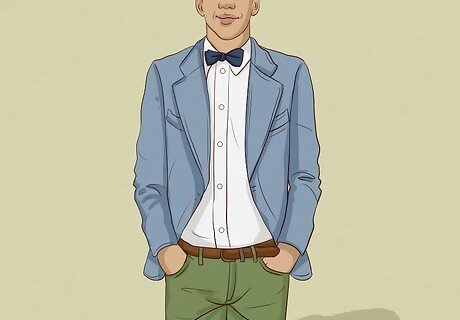
Wear your normal workday or class attire but add an embellishment. If you truly want to blend in with your peers, then wearing what you normally do is fine. But, to make yourself feel a little more confident and to set yourself apart from the crowd a little bit, add something special to your outfit. For example: Wear a bowtie to jazz up your everyday jeans and polo ensemble. Choose a pair of colorful shoes instead of your regular sneakers or sandals. For example, red flats instead of white sneakers would add a fun pop of color. Do something special with your hair or makeup. Wear a pair of glasses (fake or prescription) to make you look more distinguished.

Stick with darker tones in a more creative setting. You can’t go wrong with dark shades, and they’ll make you look elegant while not distracting from the content of your speech. For example, you can’t go wrong with a black dress or a pair of gray trousers and a dark green top. In some situations, like at an art symposium or literary festival, it might even be appropriate to wear something like a pair of black leggings and a long tunic top. If you’re wondering what would or would not be okay, check out photos from past events to see what people tend to wear and take your cue from them.

Use your outfit to complement your latest work if you’re an artist. If you’re talking about design, fashion, or art, use your outfit to highlight what your speech is about. For example: If you’re a designer, wear clothes you made yourself for your speech. If you’re an artist talking to a group of art students, wear clothes that match the color palette of the art you’ll be talking about. This is, of course, totally up to you! Some people love the idea of using their outfits to promote their work, while others prefer something more simple. Do what feels right to you.
General Tips
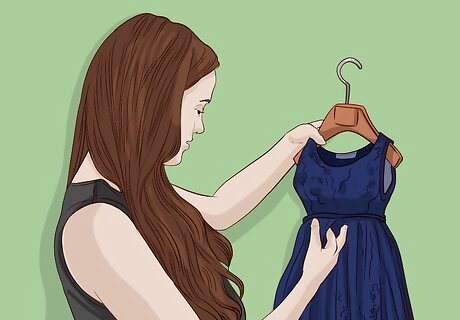
Choose an outfit that makes you feel confident. Think “power outfit” while you browse the contents of your closet (or the racks at the nearest boutique or department store). No matter the situation, you’re going to deliver a better speech if you feel great about what you’re wearing. If you don’t own anything that will work for your speech and don’t want to spend a lot of money, check out the local thrift stores and consignment shops.

Check that you can move comfortably in your outfit. Giving a presentation is not the time to feel constricted in your clothes. You want to walk, move your arms, bend, and move about with ease. Always try on your outfit and spend a few minutes walking around in it before committing it to your speech wardrobe. If you’ll be sitting on stage, sit in front of a mirror to check your outfit. Make sure your clothes are comfortable and that people won’t be able to see anything you don’t want them to see, especially if you’re wearing a skirt or dress.

Make sure your clothes are clean and wrinkle-free. Any washing, drying, steaming, or ironing that needs doing should be finished before the day of your event if possible. Don’t wait until the last minute to pull your outfit from your closet—you might be surprised by unexpected wrinkles or a hem that needs fixing. If staying organized is a challenge for you, put a reminder in your phone for a few days before the speech to get your outfit in order.

Freshen up, do your hair, and put on makeup (if applicable) beforehand. Even the best outfit can be taken down by unwashed hair and an unkempt appearance. If you have longer hair and plan on wearing it down, make sure your face will still be fully visible. If you wear makeup, do what feels best but keep in mind that dark, dramatic makeup might make you look overdone in a speech setting. Don’t forget the deodorant! Chances are you’ll get a little nervous before giving your speech and might sweat a bit.
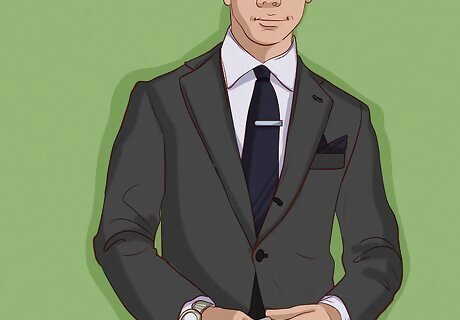
Keep your accessories to a minimum so they don’t distract. You definitely don’t want jewelry that makes sounds or earrings that might get caught in your hair while you’re talking. Tie clips, cuff links, jewelry, watches, hair accessories—remember that less is more and that over-accessorizing might draw attention away from your speech. For example, if you were planning to wear a statement necklace, watch, earrings, and a headband, think about eliminating or minimalizing one of those items.
















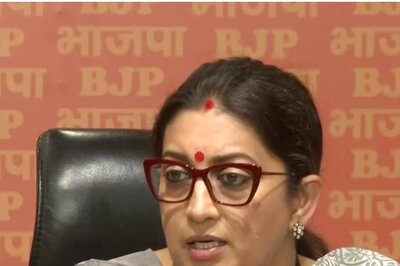

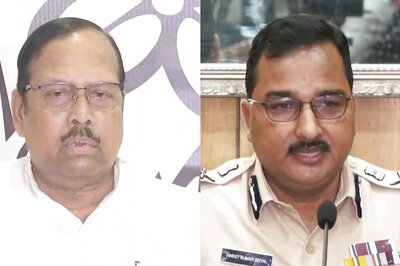
Comments
0 comment